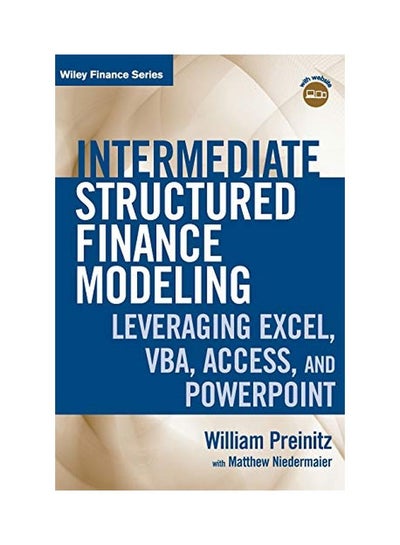575.00AED
764.10-
Lowest Price 565.75
-
Highest Price 764.10
-
Recent Price Drop -24.7%

575.00AED
764.10